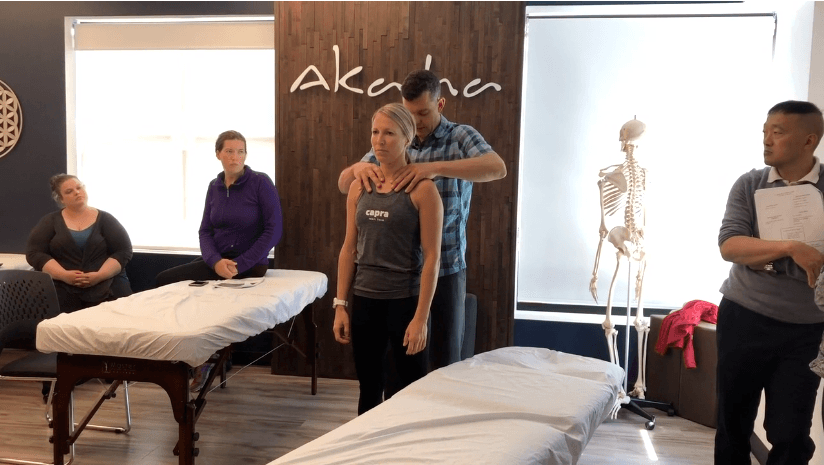A Brief Look at Clinical Reasoning

This blog post takes a brief look at clinical reasoning. There is an in-class video below. This were recorded while demonstrating a session of treatment for the patient ( a class participant). This are not meant to be an exhaustive illustration of clinical reasons but rather give an example of components of the clinical reasoning process, in the context of an actual treatment.

Clinical reasoning is essentially the process that clinicians go through to determine how to treat the patient, where to treat and what to treat. As defined by Higgs and Jones, “Clinical Reasoning is the process by which a therapist interacts with a patient, collecting information, generating and testing hypotheses, and determining optimal diagnosis and treatment based on the information obtained” 1. As massage therapists we are not in the business of diagnosing, however using clinical reasoning to determine where to treat and what to treat is a powerful tool that can make treatment more efficient and effective. The clinical reasoning process is more important than the specific techniques used to treat tissues. Knowing why you are doing something is more important than what you are doing.
The clinical reasoning process revolves around building a hypothesis and then testing that hypothesis. It is essential to start with the ‘meaningful task’, that is a task that can be repeated in the clinic and reflective of the patients goals. A good question to ask is “what would you be doing if your pain was less”. the next step is to screen for position and movement and note any alignment or movement that is non-optimal. It is important at this point not to make assumptions about what the movement ‘fault’ or ‘malalignment’ means. They could be irrelevant to the patient’s goals and meaningful task. The most important outcome measure is a change in the patients experience. This is sometimes called symptom-modification and is used in many different treatment approaches 2. By correcting alignment or changing movement patterns and noting the change (or not) in the patients experience it is easy to determine how relevant each finding is. For example if changing the alignment of the thorax improves head / neck rotation then this is most likely a better area to direct treatment toward than the area of pain.
In the video clip below much of the treatment and assessment has been edited out, for brevity. As you watch notice the process of testing, hypothesis building and re-testing. Also notice the process of asking the patient to reflect on the new sensations in their body, this aims to empower the patient and integrate the changes into their meaningful activities.
1. Higgs, J. (2008). Clinical reasoning in the health professions. Elsevier Health Sciences.
2. Lehman, G. J. (2018). The Role and Value of Symptom-Modification Approaches in Musculoskeletal Practice. journal of orthopaedic & sports physical therapy, 48(6), 430-435.